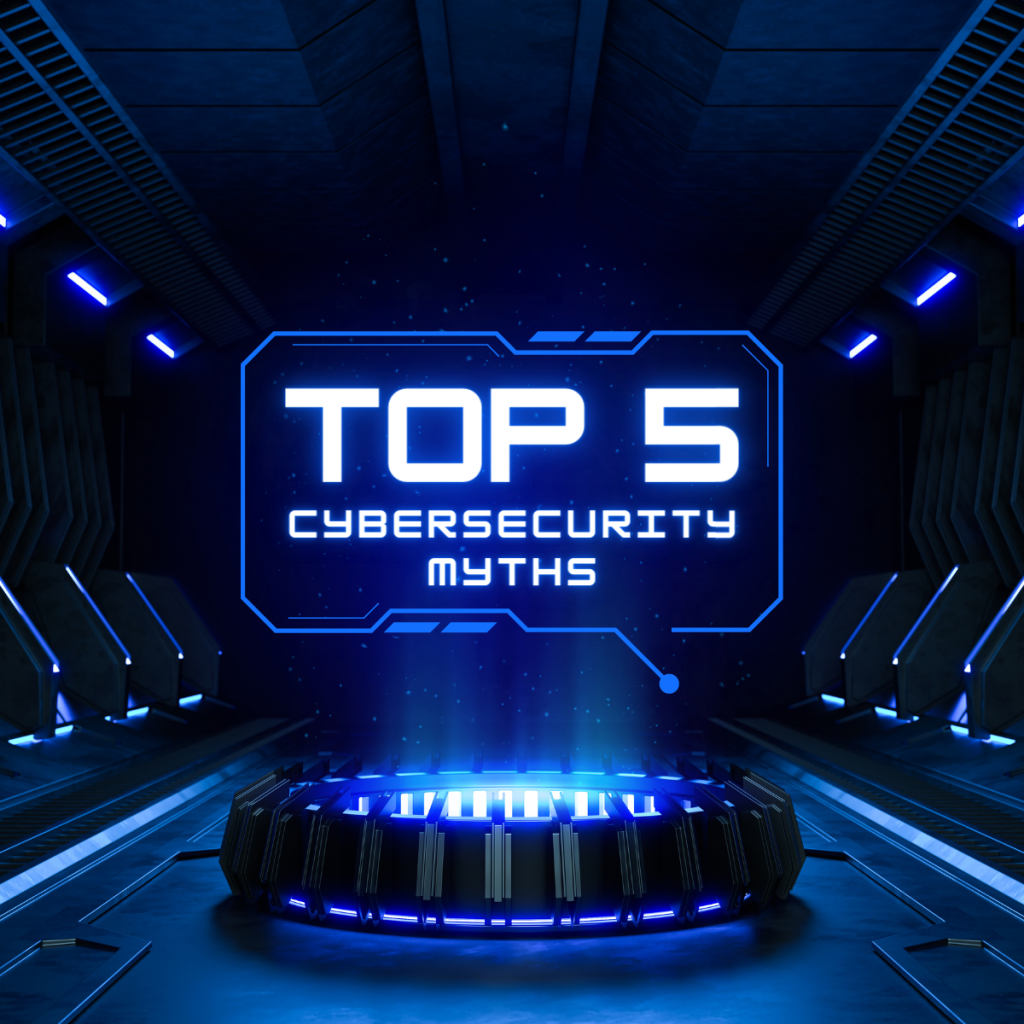Those in the cybersecurity industry are aware that the CIA Triad has nothing to do with the Central Intelligence Agency, despite the fact that those outside the information security community may hear the term and think of “conspiracy theory.” The CIA trinity is entirely concerned with maintaining the safety and security of your organization’s data, networks, and equipment while enhancing your organization’s security posture.
What is the CIA Triad?
Confidentiality, availability, and integrity. These three elements make up the CIA Triad, a paradigm for information security designed to direct an organization’s security practices and guidelines.
The CIA trio is frequently cited as an information security role model. There was no single author, and it is not a single doctrine. Instead, the paradigm seems to have evolved gradually, drawing ideas from diverse sources and having roots as deep as contemporary computing.
What are the Elements of the CIA Triad?
The CIA triad has three elements: Confidentiality, Integrity, and Availability.
Confidentiality
People must safeguard their private, sensitive information from unlawful access in the modern environment.
Being able to specify and enforce certain access levels for information is necessary for confidentiality protection. This sometimes entails grouping information into different collections based on who needs access to it and how sensitive it actually is, that is, the degree of harm that might result from a confidentiality violation.
Access control lists, volume, file encryption, and Unix file permissions are a few of the most often used techniques for maintaining confidentiality.
Integrity
The “I” in CIA Triad stands for data integrity. This is a crucial aspect of the CIA Triad and is intended to protect data against deletion or modification by any unauthorized party. It also makes sure that the damage can be undone in the event that an authorized person changes something that shouldn’t have been made.
Availability
The real accessibility of your data is covered by the third and last part of the CIA Triad. The information that they safeguard must function properly in order for access channels, systems, and authentication procedures to ensure that it is accessible when required.
Computing resources with high availability have designs that are specially developed to increase availability. Depending on the design of the particular HA system, this may focus on hardware upgrades, power outages, or hardware failures to help enhance availability, or it may control multiple network connections to avoid different network disruptions.
Why is the CIA Triad Important?
In the scenario of a cyber breach, the CIA triad offers organizations a clear and thorough checklist to assess their incident response strategy. The CIA trio is particularly crucial for identifying vulnerability sources and aiding in the investigation of what went wrong once a system has been infiltrated. From there, this data can be applied to discover areas of strength, resolve weaknesses, and inform weak points.
What are Examples of the CIA Triad?
Firstly, confidentiality can be seen in various access control techniques, such as two-factor authentication, passwordless sign-on, and other access controls. Still, it’s not just about allowing authorized users in—also it’s about locking down specific files. Organizations can protect information with the use of encryption from malicious and unintentional disclosure.
Secondly, there are many different techniques to safeguard data integrity, both against assaults and corruption, in addition to access control and encryption. A read-only file is sometimes all that is necessary. Data checksums or hashes are occasionally used, allowing data to be verified to make sure it hasn’t been hacked. In other situations, integrity may be physically shielded from outside influences that could compromise it.
Lastly, making sure your systems are operational so that operations can carry on even in the event of an attack is essentially what availability is all about. For instance, limited availability is a key component of DDoS (Distributed Denial of Service) assaults. This is why adding redundancy to your systems and developing a DDoS response plan are ways to guarantee availability. Load balancing and fault tolerance are ways to prevent systems from failing since they can still malfunction and become unavailable even when there isn’t an attack.
Why Use the CIA Triad?
The CIA trio offers a straightforward yet thorough high-level checklist for assessing your security protocols and equipment. All three requirements—confidentiality, integrity, and availability—are met by an efficient system. A system of information security that falls short in one of the three CIA triangle components is insufficient.
The CIA security triangle is useful in determining what failed and what succeeded following a negative event. For instance, it’s possible that availability was impacted during a virus assault like ransomware, but the mechanisms in place still were able to protect the confidentiality of crucial data. This information is used to strengthen weak areas and repeat effective strategies.
When To Use the CIA Triad
The CIA trio should be used in most security scenarios, especially since each element is crucial. However, it is especially useful when creating systems for classifying data and controlling access credentials. When dealing with your organization’s cyber vulnerabilities, you should strictly apply the CIA trinity. It can be an effective tool for stopping the Cyber Kill Chain, which is the procedure for identifying and carrying out a cyberattack. You can use the CIA security trifecta to identify potential targets for attackers and then put policies and mechanisms in place to adequately defend those assets.
The CIA trio can also be used to train staff members in cybersecurity. To encourage employees to consider the upkeep of data and system availability, confidentiality, and integrity, you can use hypotheticals or actual case studies.







